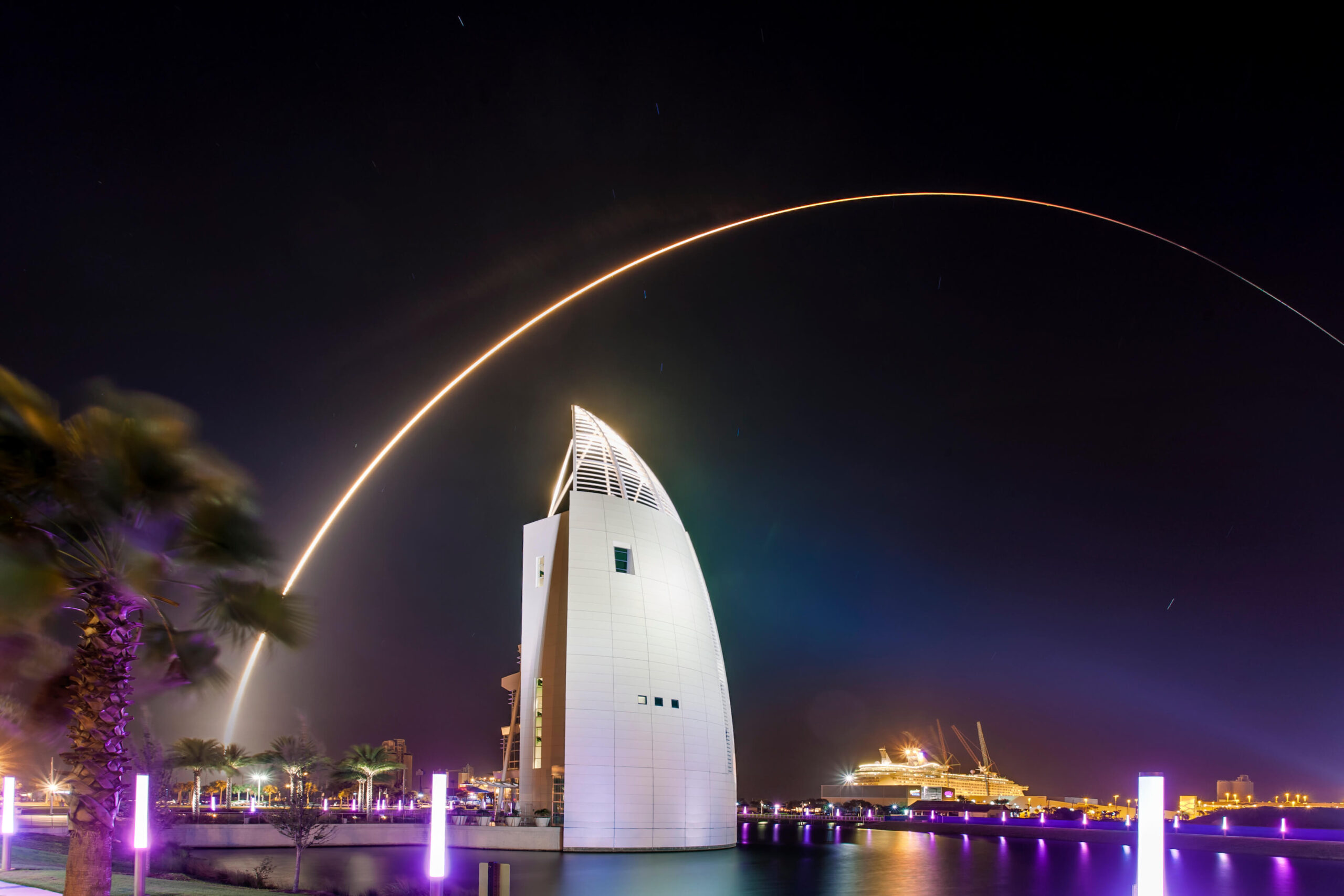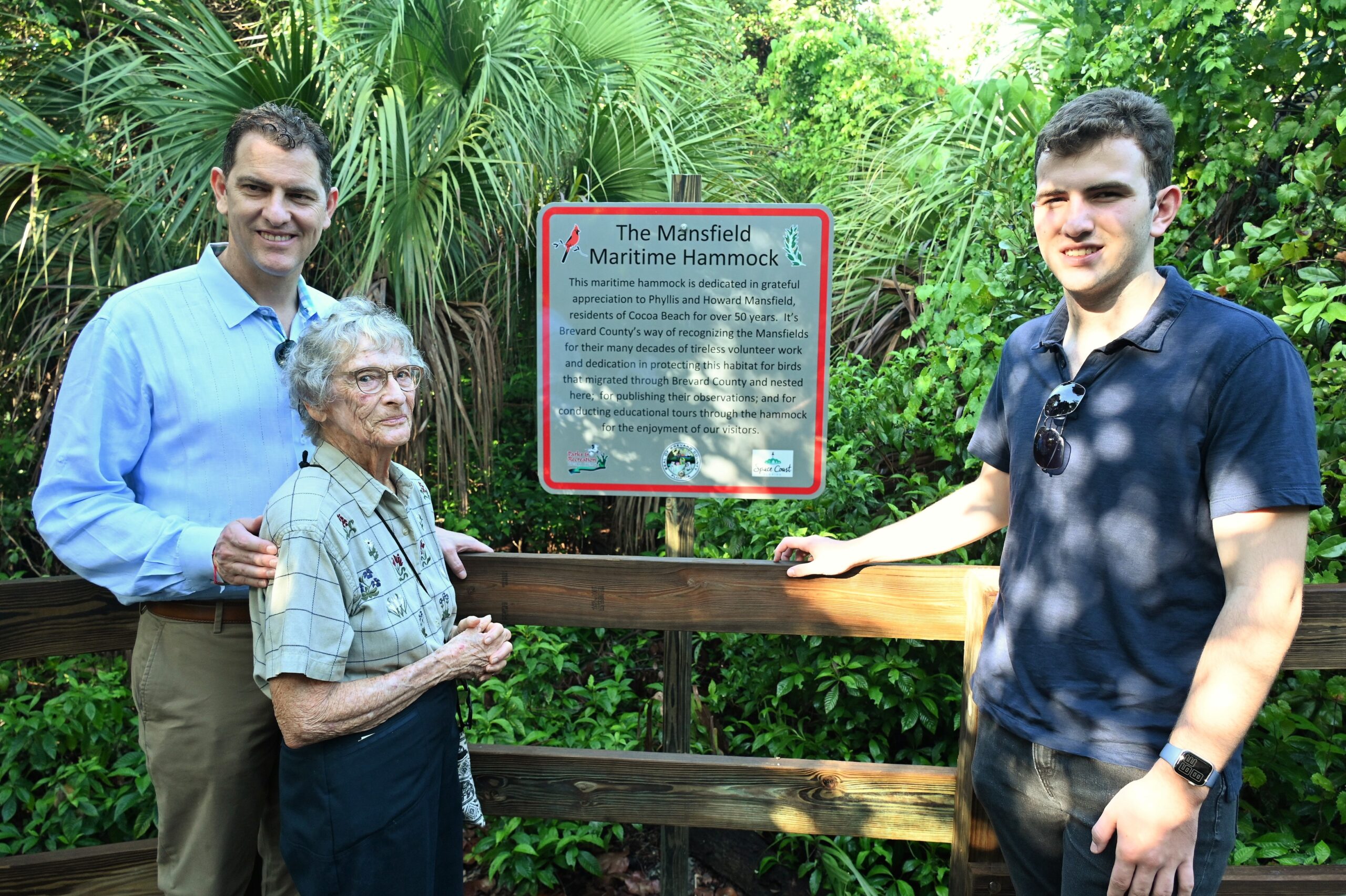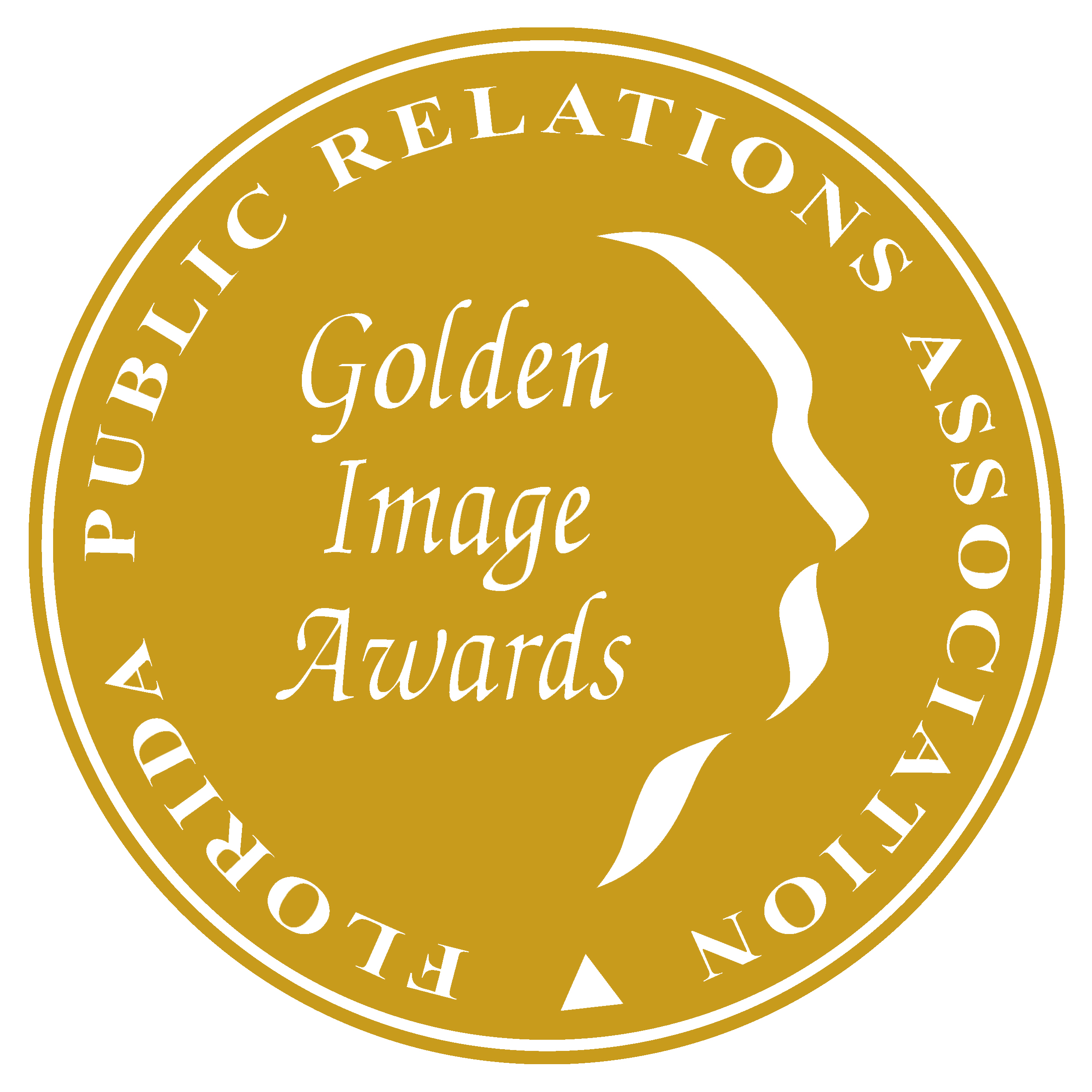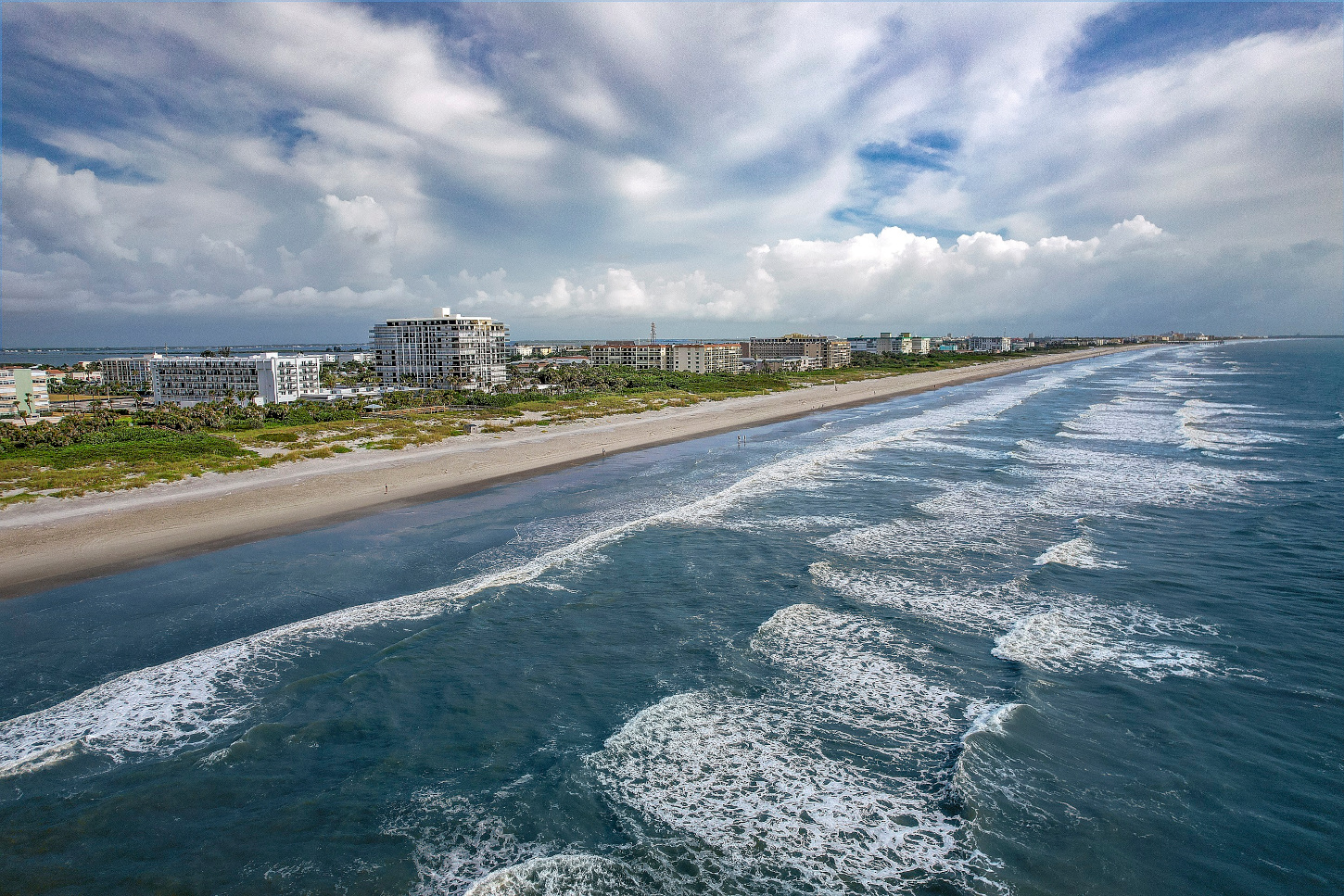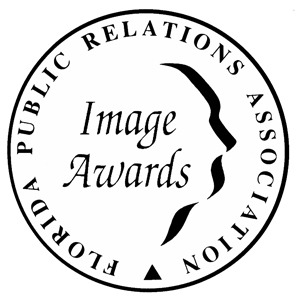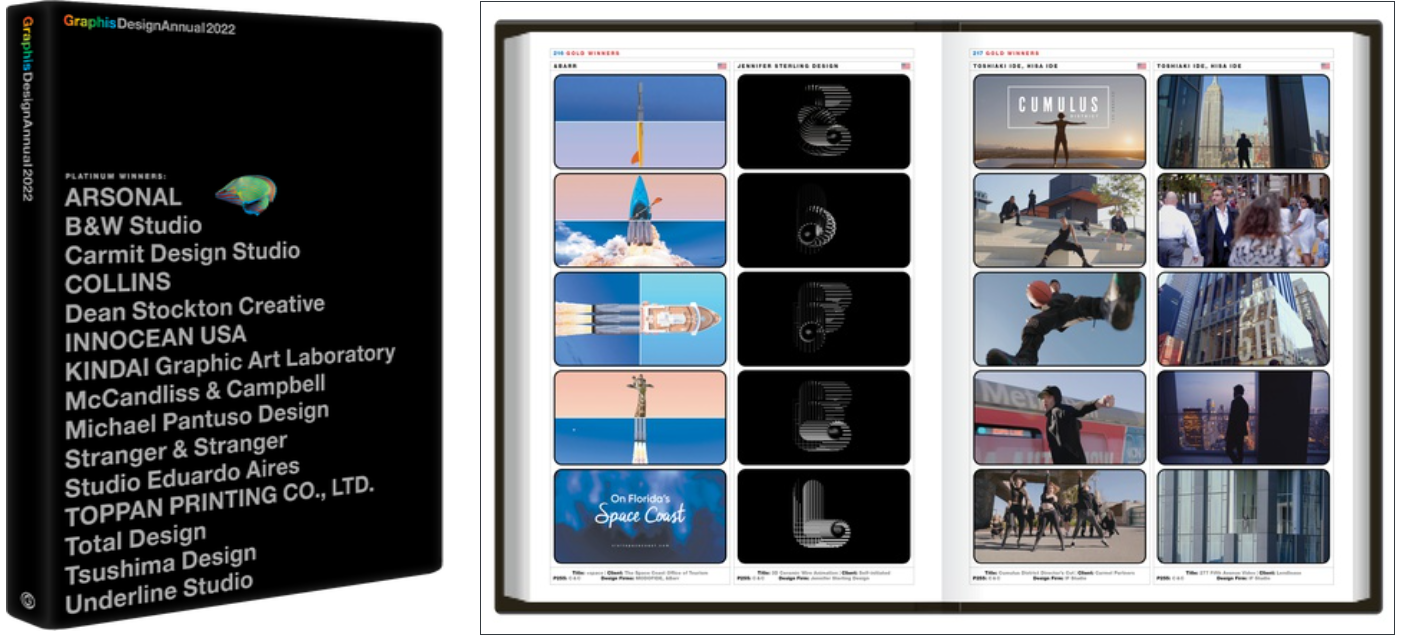Florida’s Space Coast is proud to be America’s Gateway to Space as the only location where astronauts launch from US soil. It’s reflected all across our county, from our area code (321) and murals to streets, businesses, and schools named after planets, astronauts, and other space-related things.
Kennedy Space Center Visitor Complex
Home to Kennedy Space Center, this is the place to be to witness history in action while getting an up-close and often hands-on look at everything that paved the way. A visit to Kennedy Space Center Visitor Complex will get you nose-to-nose cone with the Atlantis Space Shuttle, walking among giants in the Rocket Garden, and learn about what NASA plans on achieving next. You can see Mars Rovers, actual Mercury and Gemini space capsules, and a memorial for the crews of Challenger and Columbia. Other attractions include the Astronaut Training Experience, the Shuttle Launch Experience, Heroes & Legends featuring the U.S Astronaut Hall of Fame presented by Boeing, and bus tours leading to the Saturn V center, Vehicle Assembly Building, Cape Canaveral Lighthouse, and the Cape Canaveral Space Force Museum.
Cape Canaveral Space Force Station
Much of the area’s history is behind the gates of the Cape Canaveral Space Force Station (formerly known as Cape Kennedy from 1963 to 1973 and then Cape Canaveral Air Force Station) which can be accessed via special tours with the Air Force Space & Missile Museum. These key landmarks include Launch Complex 5 where Alan Shepard and Gus Grissom launched the first two Mercury flights, Launch Complex 14 where the rest of the Mercury 7 launched from, and the Gemini and Apollo launch sites including Launch Complex 34, where the Apollo 1 tragedy occurred, now a memorial. National Geographic’s The Right Stuff, available on Disney+, filmed at locations through Cape Canaveral Space Force Station including Launch Complexes 5 and 14. Want to know more about the Mercury 7 and to walk in their footsteps through Cocoa Beach and Titusville? Check out this blog!
American Space Museum and Space Walk of Fame
While in Titusville, plan to stop at the American Space Museum and Space Walk of Fame. You’ll find personal artifacts from astronauts, actual launch controls from the Space Shuttle and Atlas-Centaur missions, pieces of the shuttles, launch suits, and more. Docents who give the tours were workers on missions throughout history, and if you come on the right day, you may catch them hanging out and sharing stories of the good ‘ole days. Then, head to Space View Park to begin the Space Walk of Fame. There are beautiful monuments for each era of human space flight up to the Shuttle program.
Other Attractions
Looking for a bird’s eye view? There are multiple helicopter and biplane tours you can take that will fly right over Kennedy Space Center and even down the Shuttle landing strip! There are more space-related artifacts on view at restaurants and attractions like Dixie Crossroads and the Brevard Museum of History and Natural Science. Don’t forget to check out La Quinta Inn Cocoa Beach Port Canaveral – the Mercury 7 were former stakeholders in the hotel! Keep an eye out, you never know where you’ll find memorabilia. You can even buy some great finds at antique stores across the county!
Launches
Of course, your trip to the Space Coast isn’t complete without viewing a launch! Keep an eye on our website for launch updates or download the Space Coast Launches app in your app store for the most up to date information. Don’t forget to check out our map for prime viewing locations!
Additional Resources
Click Here for Media Gallery
Click Here for FAQ’s
Key Blogs to Review
- Seven Ways to Celebrate the Mercury 7 for The Right Stuff
- Why is Cape Canaveral America’s Launch Spot?
- Putting the Space in Space Coast – The Economic and Tourism Impact of Launches
Glossary of Key Terms
- MAJOR COMPANIES INVOLVED:
- NASA, SpaceX, United Launch Alliance (ULA), Boeing, Blue Origin
- ACTIVE MAIN LOCATIONS:
- Kennedy Space Center (NASA):
- Launch Complex 39A (LC-39A)
- Formerly launched Apollo, Shuttle missions
- Currently launches SpaceX Crew Dragon missions
- Launch Complex 39B (LC-39B)
- Formerly launched Saturn V, Saturn IB (Skylab & Apollo-Soyuz) and Shuttle missions.
- Future home of NASA’s Space Launch System (Artemis Program)
- Launch Complex 39A (LC-39A)
- Cape Canaveral Space Force Station
- Launch Complex 13 (LC-13)
- Formerly launched Atlas rockets for United States Air Force (USAF)
- Currently used as Landing Zone 1 and Landing Zone 2 for returning SpaceX Falcon 9 and Falcon Heavy launch vehicle booster stages
- Cape Canaveral Space Launch Complex 37 (SLC-37)
- Formerly launched Saturn I and IB flights and the unmanned test of the Apollo Lunar Module
- Currently launches Delta IV and Delta IV Heavy for ULA
- Space Launch Complex 40 (SLC-40)
- Formerly launched Titan III and IV missions for the USAF
- Currently launches Falcon 9 rockets for SpaceX
- Space Launch Complex 41 (SLC-41)
- Formerly launched Titan III and IV missions for the USAF
- Currently launches Atlas V for ULA, Future home for Vulcan launches
- Launch Complex 13 (LC-13)
- Kennedy Space Center (NASA):
- NASA
- Commercial Crew Program
- The human spaceflight program operated by NASA and aided by privately operated space transportation systems currently including SpaceX and Boeing.
- Artemis Program
- The return to the Moon, including the first woman on the moon. Scheduled for 2024. Blue Origin’s National Team will develop an integrated human landing system they’re calling Blue Moon.
- Moon to Mars
- NASA plans to use what they learn on the return trip to the Moon to plan forward for Mars exploration.
- Space Launch System (SLS), Orion, and Gateway
- SLS is the rocket built by NASA for the Artemis program
- The Orion spacecraft will serve as the exploration vehicle that will carry the crew to space, provide emergency abort capability, sustain the crew during the space travel, and provide safe re-entry from deep space return velocities.
- The Gateway will be an outpost orbiting the Moon that provides vital support for a sustainable, long-term human return to the lunar surface, as well as a staging point for deep space exploration. It is a critical component of NASA’s Artemis program.
- Commercial Crew Program
- SpaceX
- Founded by Elon Musk with the goal of reducing space transportation costs.
- Falcon 9
- A two-stage rocket designed and manufactured by SpaceX for the reliable and safe transport of satellites and the Dragon spacecraft into orbit. Falcon 9 is the first orbital class rocket capable of reflight. It will be replaced by the Starship system.
- Falcon Heavy
- Heavy-lift launch vehicle made up of three reusable Falcon 9 rockets for the ability to carry nearly 64 metric tons of payload into orbit. It will be replaced by the Starship system.
- Dragon
- a free-flying spacecraft designed to deliver both cargo and people to orbiting destinations. It is the only spacecraft currently flying that is capable of returning significant amounts of cargo to Earth. The Dragon spacecraft is capable of carrying up to 7 passengers to and from Earth orbit, and beyond.
- United Launch Alliance
- A joint venture between Lockheed Martin and Boeing. ULA was awarded 60% of all National Security Space Launch payloads between 2022 and 2027.
- Atlas V
- Originally designed by Lockheed Martin, this is the main rocket launched by ULA. A ULA Atlas V rocket will send astronauts to the International Space Station (ISS) aboard The Boeing Company’s CST-100 Starliner capsule.
- Delta IV Heavy
- Heavy-lift rocket with two boosters and the world’s third highest-capacity rocket in operation
- Vulcan Centaur
- The successor to the Atlas V with Delta IV technology with the first launch scheduled mid-2021. The engine will be built by Blue Origin.
- Starliner
- Boeing’s Crew Space Transportation (CST)-100 Starliner spacecraft is being developed in collaboration with NASA’s Commercial Crew Program. The Starliner was designed to accommodate seven passengers, or a mix of crew and cargo, for missions to low-Earth orbit. The Starliner has an innovative, weldless structure and is reusable up to 10 times with a six-month turnaround time.
- Blue Origin
- Owned by Jeff Bezos, the company has facilities on Cape Canaveral Space Force Station where they are building their own orbital launch vehicles.
- New Glenn
- Heavy-lift orbital launch vehicle with a reusable first stage. Set for first launch in 2021 from Florida’s Space Coast.
- Blue Moon
- A Crew-carrying lunar lander made as part of the NASA Human Landing System developed by the Blue Origin National Team (Blue Origin, Lockheed Martin, Northrop Grumman, and Draper) for the Artemis Program. Blue Origin’s Decent Element is based on the Blue Moon.


